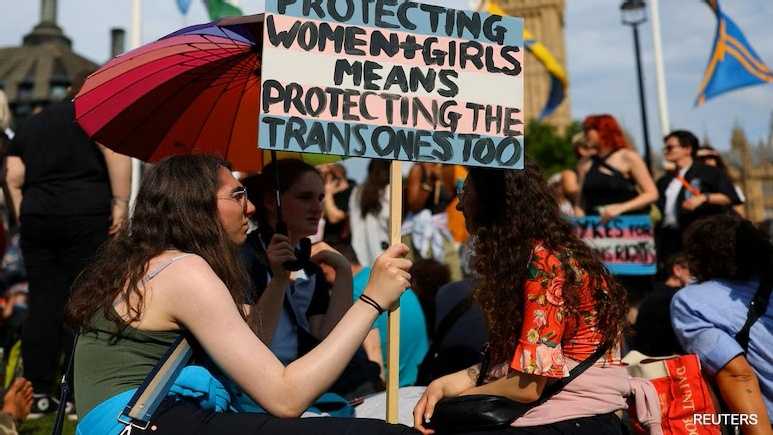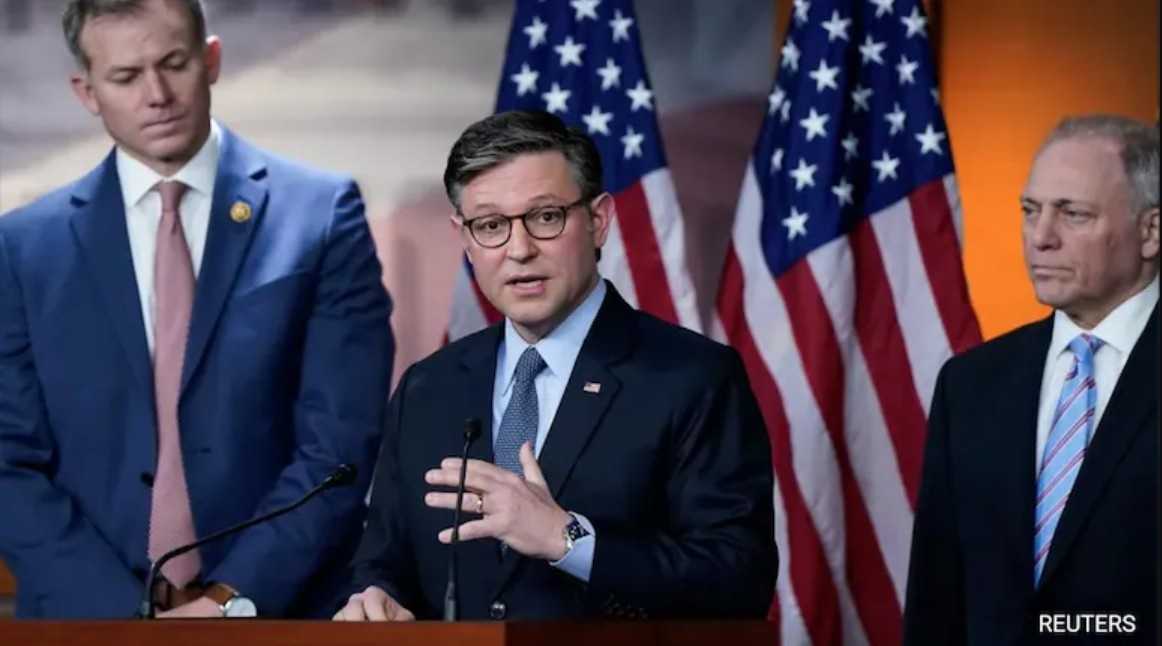New legal definition of biological sex raises safety concerns, exclusion fears, and backlash from trans rights groups across Britain
A recent UK Supreme Court ruling defining “sex” strictly as biological sex under equality law has triggered fear and confusion among Britain’s transgender community. Many, like transgender man Nate Rae, say the decision has legitimized harassment and exclusion — especially in public spaces like restrooms, hospitals, and shelters.
What Did the UK Court Rule?
- In April 2025, the UK Supreme Court ruled that “sex” under the Equality Act refers to biological sex, not gender identity.
- This means:
- Transgender women are legally considered male
- Transgender men are legally considered female
- The Equality and Human Rights Commission (EHRC) issued interim guidance reinforcing that trans people can be barred from gendered services and spaces that do not match their biological sex.
“I Ask Myself: Where Am I Safe?”
Nate Rae, a 33-year-old transgender man and PhD student, described a sharp rise in daily stress and harassment since the ruling:
“It’s almost like it’s been made legal to harass trans people.”
- Rae now finds himself constantly asking:
- “Where can I go?”
- “Where am I safe?”
- He shared that he’s been:
- Verbally harassed in public toilets
- Told he cannot use certain bathrooms
- Called “disgusting” in women’s restrooms
Although Rae began his medical transition last year, he continues using women’s facilities due to social perceptions of his gender.
Trans Rights: A Growing Political Flashpoint
- In the UK and abroad, transgender rights have become heavily politicized.
- In the United States, former President Donald Trump rolled back several trans rights protections during his term.
- Critics argue:
- The conservative right has weaponized gender identity issues
- Support for transgender inclusion is being reframed as a threat to biological women’s safety
- Supporters of the UK ruling say it clarifies legal policy and protects single-sex spaces in areas like:
- Hospitals
- Domestic violence shelters
- Prisons
Fallout: Social Withdrawal, Fear, and Discrimination
A report by TransActual in August highlighted the ruling’s real-world impact:
- Some transgender people are:
- Planning to leave the UK
- Concealing their identities
- Avoiding public spaces like hospitals
- Withdrawing socially or feeling outed at work
- Rae believes the ruling has shifted public perception, making trans people appear less legitimate or even dangerous.
“Every young trans person I’ve spoken to is terrified.”
Institutional Changes Already Underway
Several organizations have already acted on the new legal interpretation:
- The Football Association: Bars trans women from women’s football leagues
- British Transport Police: Now conduct body searches based on biological sex, not gender identity
- Hospitals and shelters: Reportedly reviewing policies on gendered spaces
The EHRC says its guidance is based purely on the law and was shared with the government in September. Parliament is expected to review and possibly formalize these policies by the end of 2025.
Voices from the Community
Keyne Walker, Strategy Director at TransActual, called the EHRC’s interpretation “extreme” and warned that it’s already having a “dire effect” on trans lives:
“They could have taken a far less punitive approach.”
Rae, who works teaching science to young people, says many of his students are now questioning whether they can live openly as themselves:
“Am I going to be able to live the life I want to live, as the person I want to be?”
Key Takeaways
- The UK Supreme Court now defines “sex” legally as biological sex, not gender identity
- Transgender people may legally be excluded from gendered spaces that don’t match their assigned sex at birth
- The ruling has sparked fear, harassment, and withdrawal among many in the trans community
- Institutions are already adopting policy changes based on the ruling
- Trans rights groups argue the guidance is extreme, and young trans people feel unsafe



